oday's interview covers the painful seven-year journey from self-funded, SBA business acquisition, to going to zero and shutting down.
Scott Duncan bought a tool and die business that seemed to offer good business-buyer fit for his mechanical engineering background.
It also seemed to be a good, searchy business: revenue was highly re-occurring, and the service it provided was critical to its customers' manufacturing operations.
Unhappily, a number of factors conspired to undermine the business and Scott's efforts.
Key person departures, poor culture, Covid, inflation.
Customer concentration was yet another culprit. Scott knew that 10 to 15 percent revenue concentration in a single customer was the tolerable limit.
But it turned out there was a customer whose revenue was in that range, but whose EBITDA contribution was closer to 50%.
So when that customer stopped buying, they took half of Scott's earnings with them.
Huge learning there: watch for concentration not just of revenue, but EBITDA as well.
That and much more in Scott's heroic but ultimately doomed efforts to save his company.
We thank Scott for coming on stage like this. If you find his story helpful, please consider shooting him a quick note saying so; you'll find his LinkedIn in the show notes.
And here he is, Scott Duncan, former owner of F&M Tool and Die.



%20-%20header.png)

.png)




%20-%20thumbnail.png)








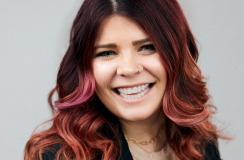






%20-%20thumbnail.png)







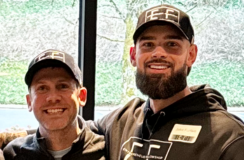
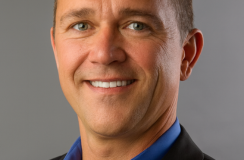





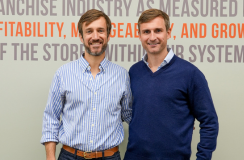






























































.png)

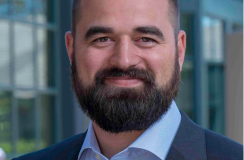
%20-%20thumbnail.png)
